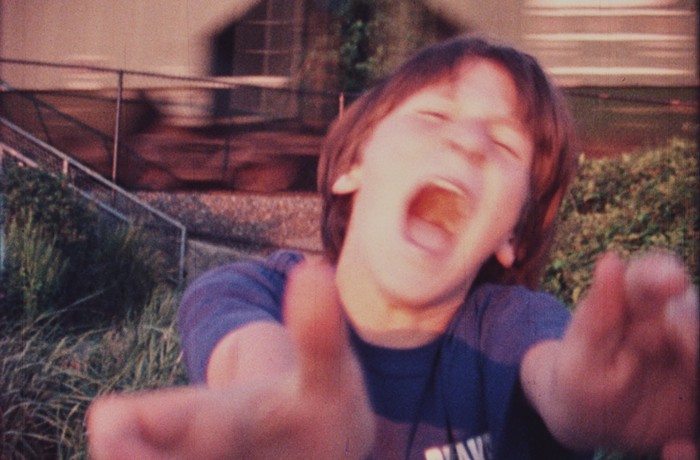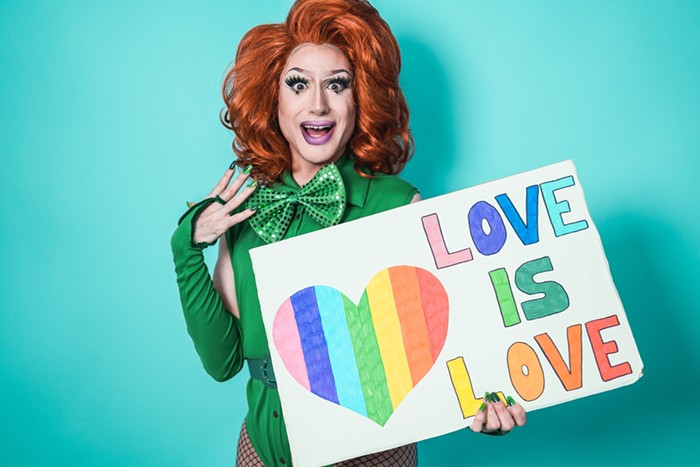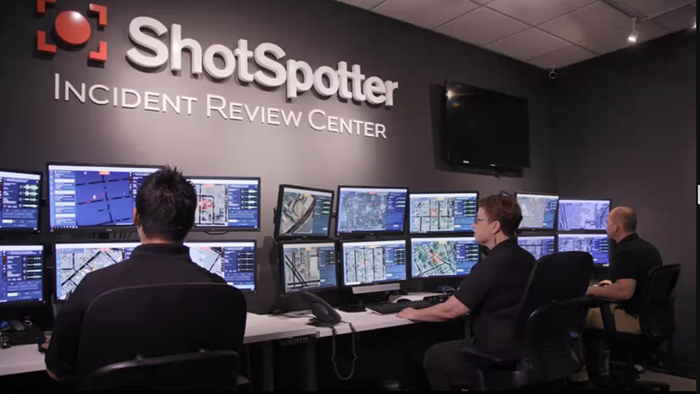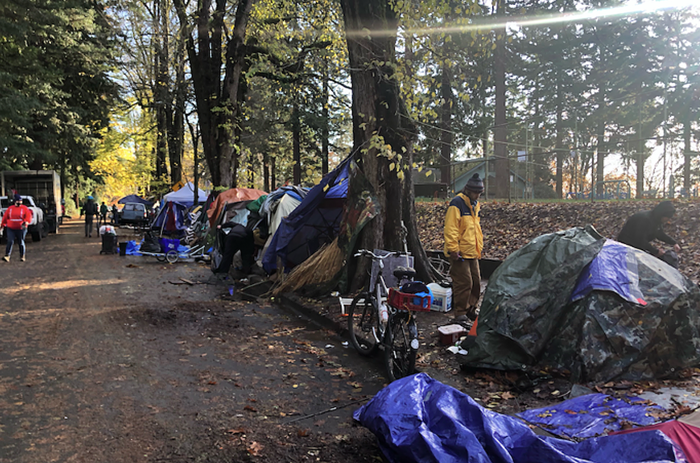I know nothing of the weather when I know it is either raining or not raining: That tangled statement, with which curator Gabrielle Giattino christened the group show currently on display at PNCA's Feldman Gallery, comes from a line in Ludwig Wittgenstein's Tractatus Logico-Philosophicus. The Austrian philosopher wrote it to illustrate how linguistic devices such as tautologies—statements that, however scrutinized, remain true—and contradictions represent a kind of debasement of language. That is, rather than reinforce some logical system or reveal something to us about the world, they break down as constructed figures, and actually strip away meaning. The seven artists Giattino has assembled all present work that uses language to highlight what an incomplete and, at times, nonsensical system it truly is. We may take linguistic communication for granted, but the artists in I know nothing all demonstrate how easily its methods are disrupted.
In Andrea Merkx's "Like Um (An Autobiographical Interview with Andrea Merkx)," for example, she pares down an ostensible video interview to spoken word's dead weight: the "likes," "ums," and "uhs" that punctuate the spaces between actual language. Tom Holmes, on the other hand, emblazons a single repeated black-and-white image of a greyhound wrapped in a white blanket with various phrases. Superimposing slogans on the side of the dog's sandwich sign-like blanket, from the mandate "Get on TV" to the declaration "I make stuff up," he lampoons advertising as a kind of surreal spectacle that has nonetheless become camouflaged in a culture saturated with the stuff.
But the most fascinating portion of the show belongs to Ellie Ga. Inspired by her artist residency onboard a polar expedition, Ga wrestles with how to represent such an encounter with the unknown. She turns to an obsessive mapping of physical phenomenon, photographing dozens of watches—all set to 10:10—as if such examination could tell us something about that precise moment. She offers dozens of drawings, tracing routes and plotting the boat's location in the world, in an insistent attempt to articulate her experiences. But it's a pair of ineffably gorgeous C-prints, capturing the ship's passage through luminous ice floes, which prove how hamstrung language is for describing the extent of such beauty.
JOHN MOTLEY













